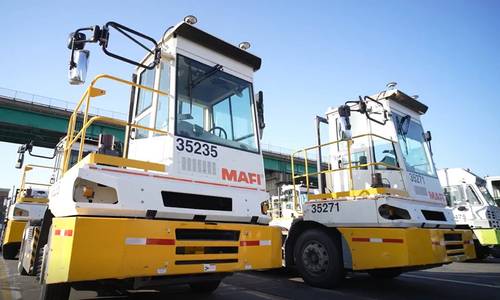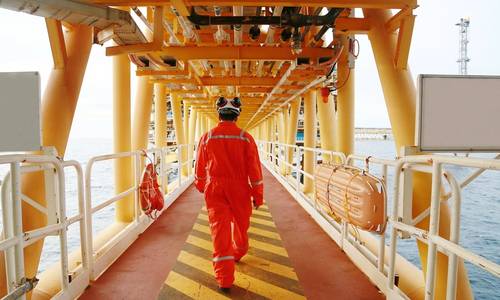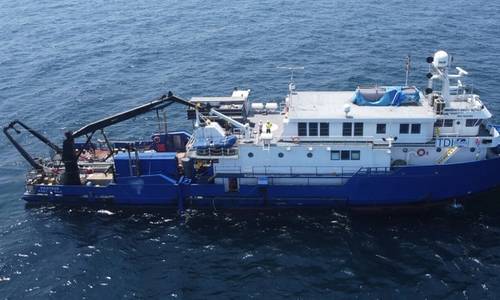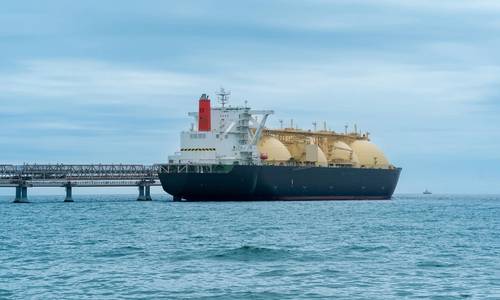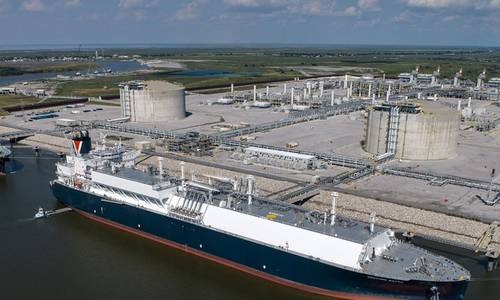Revolute Robotics Rolls Out Driving-Flying Drone
October 9, 2025
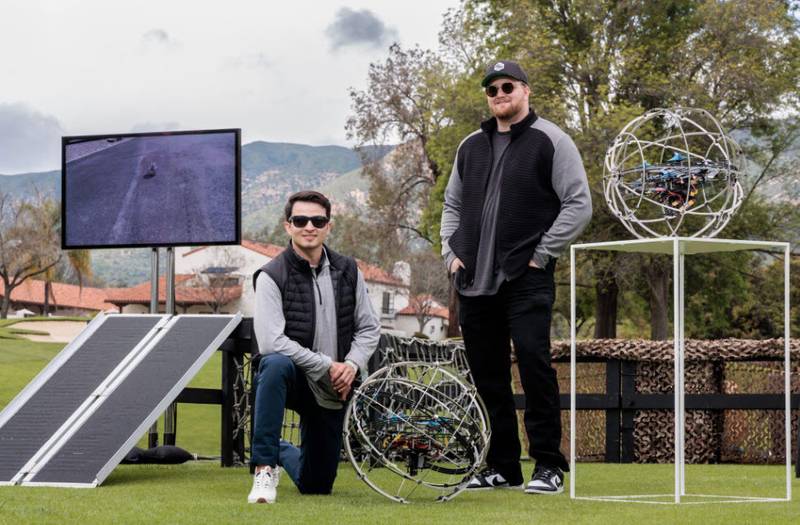
From oil pipelines and storage tanks to security zones and disaster sites, current methods for remote inspection often rely on a mix of drones, rovers, crawlers, and other specialized systems. That complexity increases costs, slows deployment, and puts human workers at risk, says Collin Taylor, CEO of tech startup Revolute Robotics.
The Boston-based company is building autonomous robots with the ability to switch between driving and flying, and it has raised $1.9 million in new funding to accelerate its mission to deploy them across inspection, security, and defense teams. The financing round was led by ANIMO Ventures and Ascend, with participation from several high-profile angel investors.
“Drone and rover advancements have made remote inspection a reality, but the complexity of each inspection requires teams to deploy multiple robotic solutions for each unique application,” said Taylor. “Our hybrid aerial-terrestrial capability allows for a single solution to cover multiple uses, like the Swiss army knife of robotic inspections.”
When an obstacle is reached that a ground rover can’t overcome, the robot switches to flying mode to continue the mission. This hybrid design allows it to safely navigate confined and complex spaces.
And by doing this, Revolute’s robots extend battery life more than 10 times compared to flying, enabling much longer inspections in larger areas than traditional indoor drones. “We can drive for about 12 times longer than we can fly (seven-minute flight time, 90-minute drive time),” says Taylor. “This is about 10 times longer than existing indoor drones. It is about the same as most ground rovers/crawlers - the difference is we can fly around obstacles that prevent their access. We expect the final product to have 10-12 minutes flight time, 120 minutes drive time.”
The system supports visual, thermal, gas and radiation detection, LiDAR mapping, and ultrasonic testing for oil and gas, power, chemicals, construction, mining, and other industrial facilities. In maritime and offshore environments, the robot could conduct post-hurricane safety flights, undertake routine valve reading, or conduct inspections in confined space or hard to reach areas that would require under-deck rope access.
Security teams can use the system to patrol areas of interest, monitor perimeters, and respond to threats. Defense teams can deploy it for base patrol, ISR, vehicle inspection, and search and rescue. The platform also supports swarm coordination, customizable payloads, and autonomous navigation.
Development is on-going. Previously the outer frame was made of aluminum, now its carbon fiber. “It is lighter and stronger,” says Taylor. “The spherical cage is connected to two rotating gimbal rings with the drone mounted inside, allowing for the cage to move freely around the airframe, similar to a gyroscope. This lets us transition between driving and flying freely with only the drone to actuate it. The system can withstand impacts at speeds of up to 3m/s, far exceeding the competition.”
Today, the system is manually operated. “We use visual and laser to maintain position for obstacle avoidance and GPS denied navigation. We will release our waypoint navigation package in the coming months and expect to offer autonomous mapping missions in the near future. Our ultimate goal is to be the single robot required for all facility inspection and surveillance. Multiple robots live on site, autonomously deploy for routine site walks and asset inspection during the day and autonomous security patrol at night.”
Revolute also has an ATEX-rated robot underway.
Taylor previously worked at Extreme Aerial Productions, one of the first drone service companies in the US with operations in construction, industrial inspection, and cinematography. His co-founder, Sahand Sabet, built hybrid aerial/terrestrial robots for NASA JPL before dedicating his PhD to the subject. Revolute’s COO, Leandro Valdez, is a former Amazon Area Manager with experience in large-scale logistics and operational management.
Antonio Osio, General Partner at ANIMO Ventures, said: “Revolute is building the future of field robotics. We believe Collin and his team created a system that will become the go-to tool for inspecting the world’s most critical and least accessible assets.”
On top of the venture funding it has received, Revolute was recently selected for the MassRobotics Accelerator, receiving $100,000 in nondilutive funding and access to top robotics advisors. The team is preparing for pilot deployments with several large enterprise customers, including one of the world’s largest oil and gas producers. Several inspection service providers have also joined the growing waitlist.
“We are actively deploying with customers. We have pilots lined up with large enterprise oil, power, and chemicals companies, and we are looking for additional facilities wanting to explore robotic inspection tools.”

